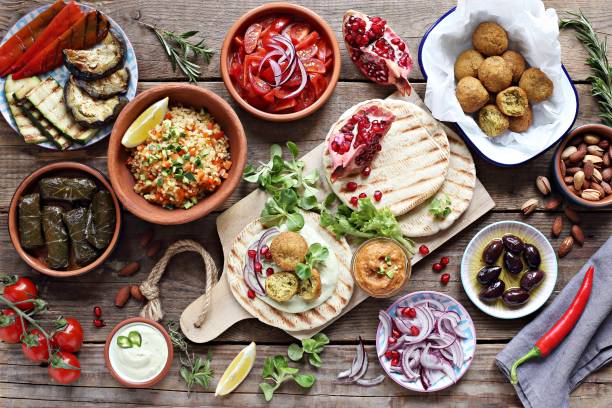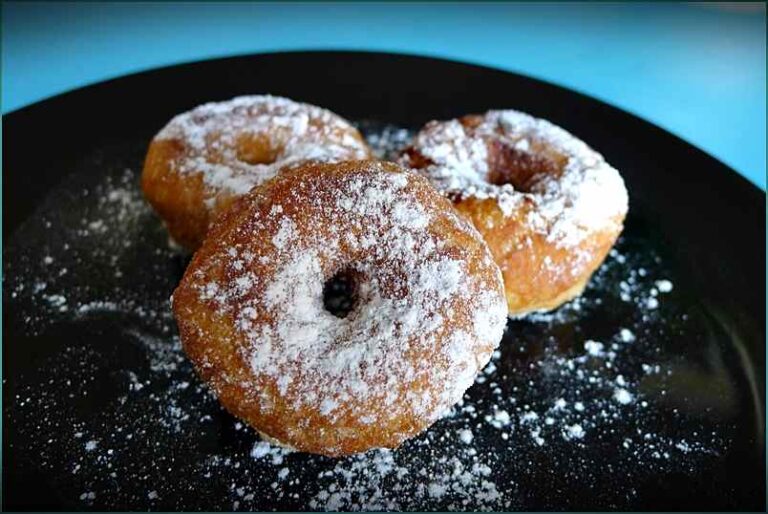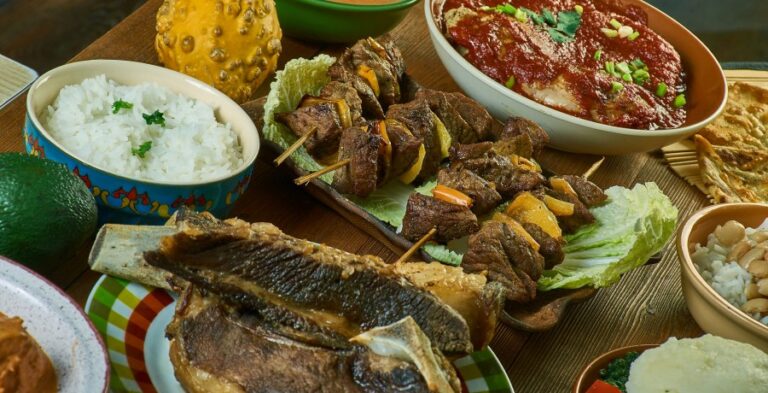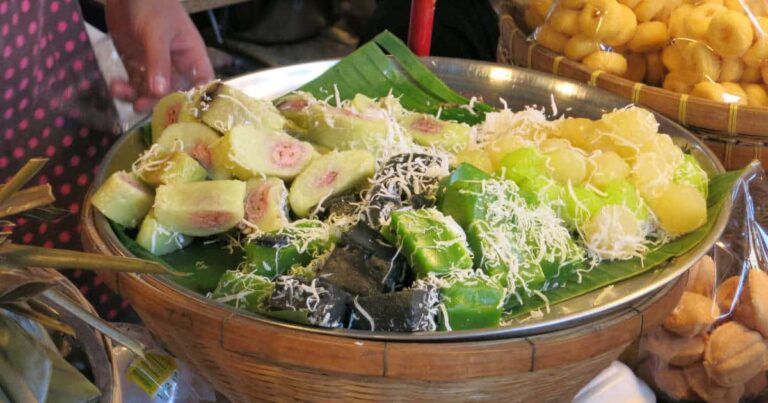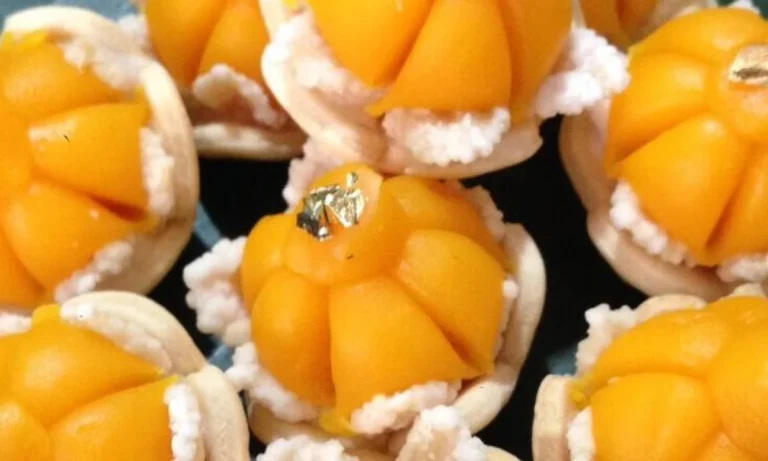Introduction: The Sweet Side of Swiss Cuisine
When it comes to Swiss cuisine, it’s easy to think of cheese and chocolate, but what about dessert? Swiss desserts and sweet treats may not be as well-known as their savory counterparts, but they are just as delicious. From world-famous chocolate to unique pastries, Switzerland has a sweet side worth exploring.
Swiss Chocolate: A World-Famous Delight
Switzerland is often associated with high-quality chocolate, and for good reason. Swiss chocolate is known worldwide for its smooth texture and rich flavor. Some of the most popular chocolate brands in Switzerland include Lindt, Toblerone, and Nestle. Swiss chocolate can be found in a variety of forms, from chocolate bars to truffles to hot chocolate. Whether you’re a dark chocolate lover or prefer something sweeter, Swiss chocolate has something for everyone.
Meringues: A Classic Swiss Treat
Meringues are a classic Swiss dessert made from egg whites and sugar. These light and airy treats can be found in many bakeries and cafes throughout Switzerland. Meringues are often served with whipped cream and fruit, making for a refreshing and satisfying dessert. Crispy on the outside and soft on the inside, meringues are a must-try for anyone with a sweet tooth.
Birnbrot: A Sweet and Savory Pastry
Birnbrot is a traditional Swiss pastry made from dried pears, nuts, and spices. This sweet and savory treat is often served during the holiday season and can be found in many Swiss bakeries. Birnbrot is typically made in a rectangular shape and can be sliced into individual servings. The combination of sweet and savory flavors makes birnbrot a unique and delicious dessert.
Basler Läckerli: A Spiced Honey Cake
Basler Läckerli is a spiced honey cake that originated in Basel, Switzerland. This dessert is made with honey, almonds, and a variety of spices, including cinnamon and cloves. Basler Läckerli has a chewy texture and is often served in small, bite-sized pieces. This sweet and spicy cake is a perfect dessert for anyone looking to try something new and unique.
Zuger Kirschtorte: A Cherry-Infused Delicacy
Zuger Kirschtorte is a traditional Swiss dessert that originated in the town of Zug. This delicate cake is made with layers of sponge cake, cherry filling, and whipped cream. The cake is then topped with a layer of marzipan and decorated with chocolate. Zuger Kirschtorte has a light and airy texture and is the perfect dessert for any special occasion.
In conclusion, Swiss cuisine may be known for its savory dishes, but its desserts are equally delicious. From world-famous chocolate to unique pastries, Switzerland has a variety of sweet treats worth trying. Whether you prefer something sweet or savory, there is a Swiss dessert out there for everyone.



